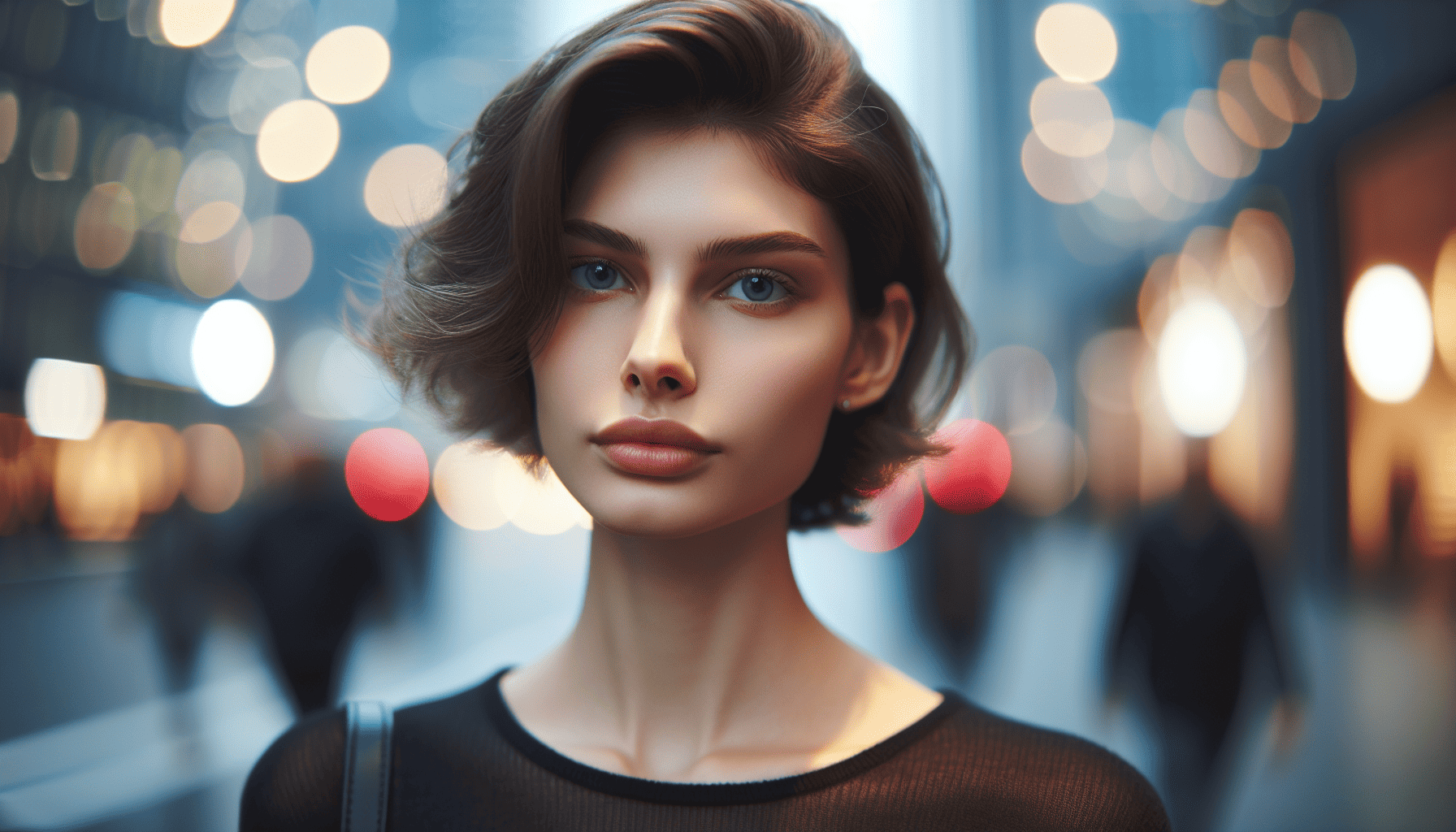Bokeh, a term derived from the Japanese word "boke," meaning blur or haze, refers to the aesthetic quality of the out-of-focus areas of a photographic image. This captivating effect is highly sought after by photographers for its ability to transform ordinary shots into stunning works of art, creating dreamy backgrounds that enhance the subject and add a touch of magic to any frame.
Understanding Bokeh
At its core, bokeh is all about the quality of the blur in the background of a photo. This effect is achieved when the subject is in sharp focus, while elements in the background appear soft and out of focus. The aesthetic appeal of bokeh lies in how these blurred elements are rendered, often appearing as pleasing discs of light or smooth surfaces. This can significantly enhance portraits, making the subject stand out more dramatically against a visually interesting, yet non-distracting, background.
Achieving Bokeh
Creating a beautiful bokeh effect requires a few key elements. Here’s how you can master it:
1. Choose the Right Lens
The lens you use plays a crucial role in the quality of bokeh you can achieve. Generally, fast prime lenses with wide apertures (such as f/1.4, f/1.8, or f/2.8) are preferable for creating bokeh. These lenses are capable of producing a shallow depth of field, which is essential for isolating your subject and blurring out the background.
2. Use a Wide Aperture
Setting your camera to a wide aperture is critical when you're aiming for bokeh. The wider the aperture, the more pronounced the bokeh effect will be. Experiment with different aperture settings to see how they affect the sharpness of your subject and the blur of the background.
3. Position Your Subject
To maximize the bokeh effect, it's important to position your subject against a background that has some distance from it. The greater the distance between the subject and the background, the more pronounced the blur. Additionally, backgrounds with points of light or elements with varying textures can make the bokeh more visually interesting.
4. Focus on Lighting
Lighting can dramatically influence the appearance of bokeh. Lights that are reflected, such as those from string lights or sunlight through leaves, create ideal conditions for producing visually appealing bokeh. Shooting in environments with these elements can enhance the quality and style of your bokeh.
5. Experiment with Focal Lengths
Varying the focal length can alter the appearance of bokeh. Longer focal lengths, such as those from telephoto lenses, are particularly effective at compressing the scene and enhancing the blur in the background. Experiment with different lengths to find your desired effect.
Artistic Uses of Bokeh
Bokeh is more than just a technical component of photography; it's a versatile artistic tool. Here are some ways you can use it creatively:
- Portrait Enhancement: Bokeh is particularly popular in portrait photography, where it serves to highlight the subject by blurring out distractions in the background, adding a professional touch.
- Creative Compositions: Use bokeh to create abstract compositions by focusing on the shapes and colors that emerge in the background.
- Storytelling: Bokeh can help set the mood or atmosphere in an image, whether it's the warm glow of city lights in a night portrait or the romantic blur of trees against a sunlit sky.
Conclusion
Mastering the bokeh effect can profoundly impact your photography, transforming ordinary images into extraordinary ones by adding depth and artistic flair. With the right lens, aperture settings, and creative composition, you can harness the power of bokeh to elevate your portraits and any other photography projects you undertake. Experiment, explore, and let your creativity shine through the dreamy blur of bokeh.
